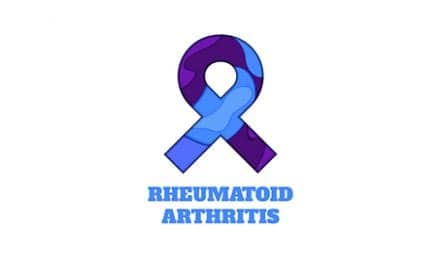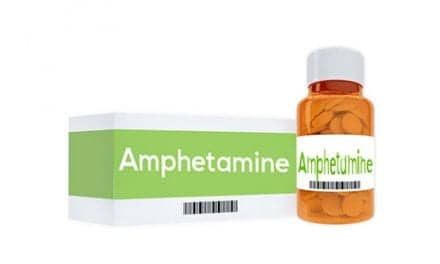A Vitamin D metabolite—24,25(OH)2D—may be a new way to stimulate bone fracture healing, reveals René St-Arnaud, PhD, director of research at Shriners Hospital for Children – Canada.
A study describing this biology and how this process works to improve bone fracture healing was published recently in The Journal of Clinical Investigation.
In order to stimulate calcium absorption and benefit bone mineralization, the vitamin D molecule is transformed in the body. During the first step of vitamin D transformation, 24,25(OH)2D is created.
With the help of another molecule, 24,25(OH)2D synthesizes a waxy fat compound called lactosyl ceramide. This compound triggers the transmission of a signal in order to maximize the size and biomechanical properties of the callus, a stabilizing structure that surrounds a fracture and promotes its healing.
Test subjects who were not able to produce either 24,25(OH)2D or lactosyl ceramide had a smaller and weaker callus. However, when they were treated with these compounds, both callus size and strength increased. Ensuring a stronger and optimal callus size promoted better fracture healing, explains a media release from Shriners Hospital for Children.
“In this research, we have identified new biology and a previously unrecognized mechanism of action for a vitamin D molecule. It is the culmination of more than 15 years of work from my laboratory,” St-Arnaud states in the release.
“The next step is to try these compounds in clinical trials. We hope that they could play an important role in improving fracture repair and healing time.”
St-Arnaud explains more about the findings in this video.
[Source(s): Shriners Hospital for Children, Business Wire]





